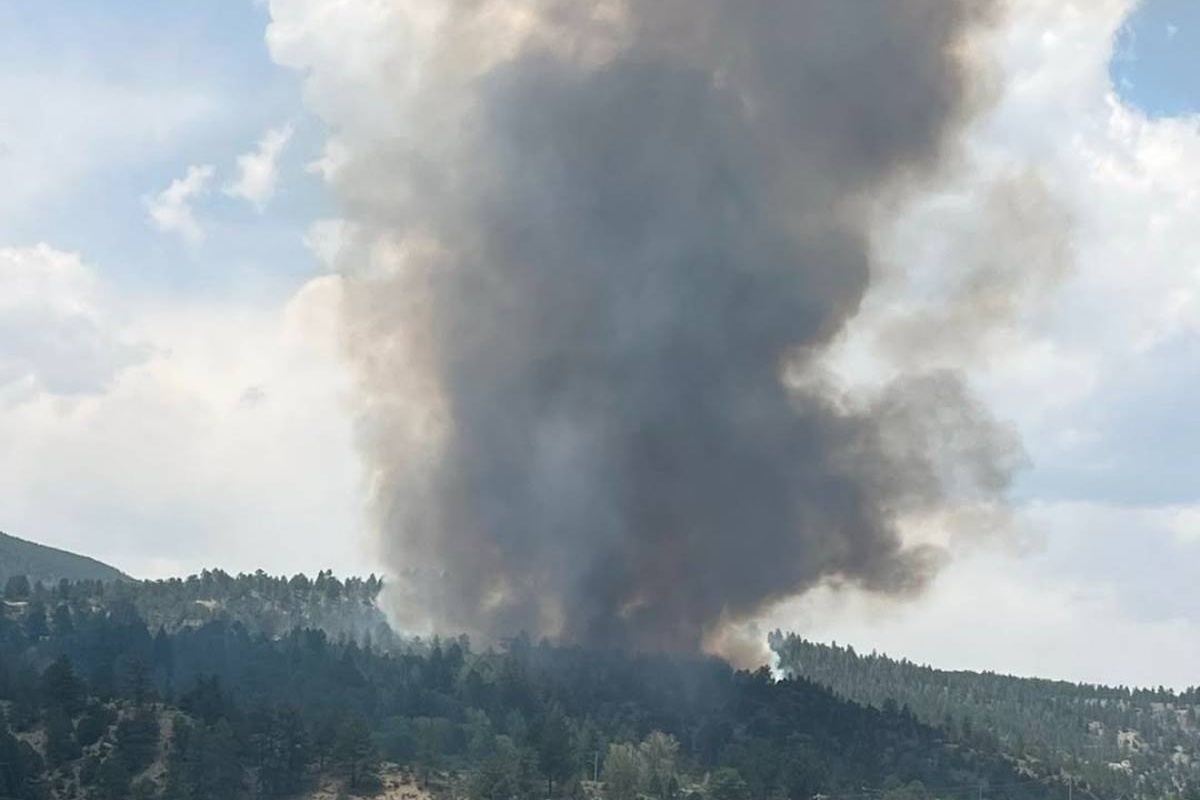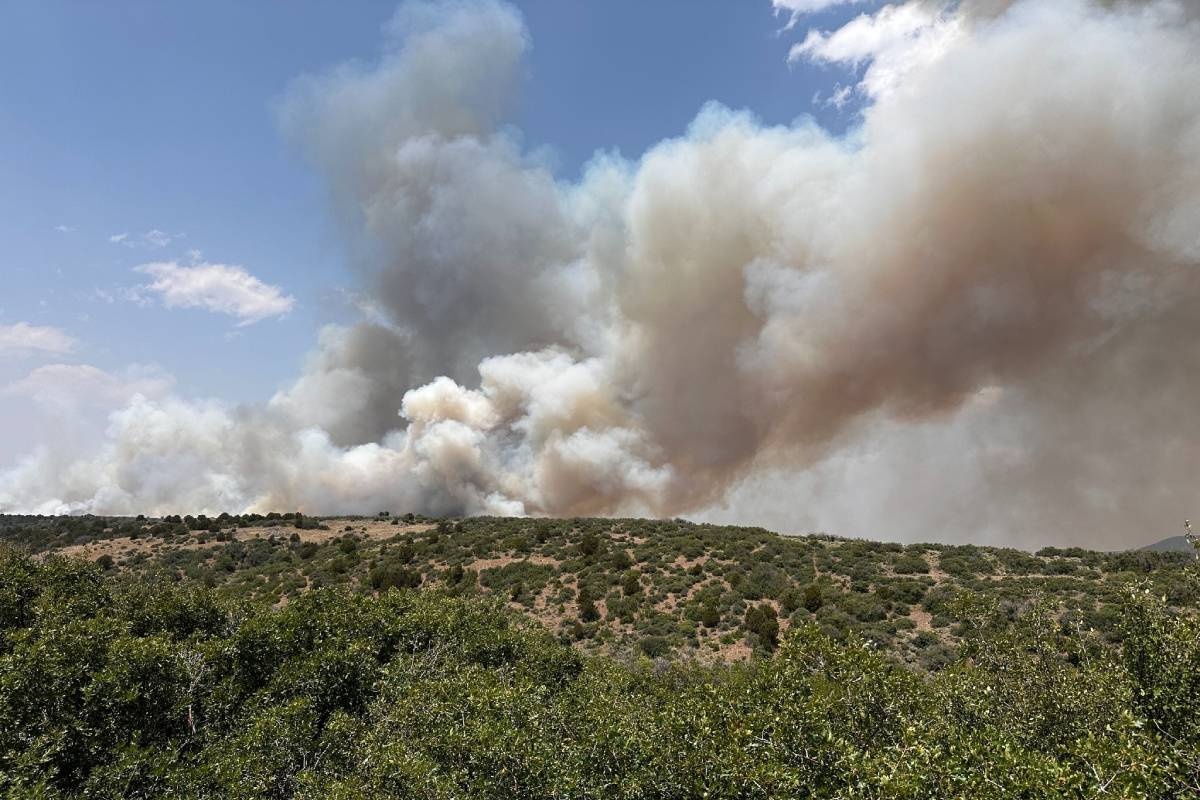
Sixty-three Colorado public schools have fallen into the "red zone," and are deemed "turnaround" schools, according to data from the Colorado Department of Education. These are the state's lowest-performing schools and they serve approximately 2 percent of Colorado's public school student population.
Van Schoales, CEO of the education-reform-focused nonprofit A Plus Denver, says turning around these struggling schools is "the most important and challenging work in education." However, the success rate to sustain positive change is mixed, he says.
"If you look in Colorado and you look around the country, you have about a 50-50 chance of being able to [turn around a school]," Schoales says. "The federal government, districts and lots of folks have thrown money at these schools, and the return on taxpapers' investment has been generally low."
Zachary Rahn stepped in as principal at Ashley Elementary in northeast Denver three years ago. He says, at that time, the school was on a downward spiral. But, through special programs, community outreach and new practices, the school has shown improvement -- both in its culture and the students' academic performance.
Schoales and Rahn spoke with Colorado Matters' Andrea Dukakis about school turnaround best practices and lessons learned. Highlights from the conversation are below. Click the audio above to listen to the full interview.
Schoales on the definition of "turnaround" in education
"Folks use turnaround in lots of different ways. The definition of turnaround -- in Colorado and in other states -- would be the lowest performing school. So technically, it's the bottom 5 percent of all schools in the state. And in some districts that can be a fairly high percentage of schools. It may be 20, 30, 40 percent of the schools. ... But the degree to which [the state and district] are intervening, varies enormously. Sometimes it's a serious intervention, which may be changing out the staff and the principal. It may mean replacing the old school with a new school. ... Or it may be just changing the principal."
Schoales on integration as a key to turning around a school
"It should be a really important objective. I think having integrated schools adds value to everybody in the schools -- research has shown this. In some places, it's very challenging because of housing and other policies. But I think it is something school districts and schools should focus on if they can do it. But I will also say... it's not the only means you can improve schools. And, in some cases, if you're just focused on racial or socio-economic integration, sometimes you lose track of ensuring how each kid and each group of kids is doing."
Rahn on his advice to principals at the start of the turnaround process
"My advice would be, go to where there's excellence, ask questions, steal as much as you can, bring it back, put it in place, codify it and build from there."
More:
- A Plus Denver reports and studies on school turnarounds
- Department of Education's Priority Improvement and Turnaround handbook
- Learn more about what turnaround leaders have done at Ashley Elementary
- This American Life episode on integrating public schools to turn them around, "The Problem We All Live With: Part I"
- "The Problem We All Live With: Part II"









